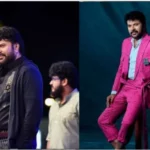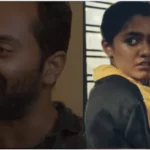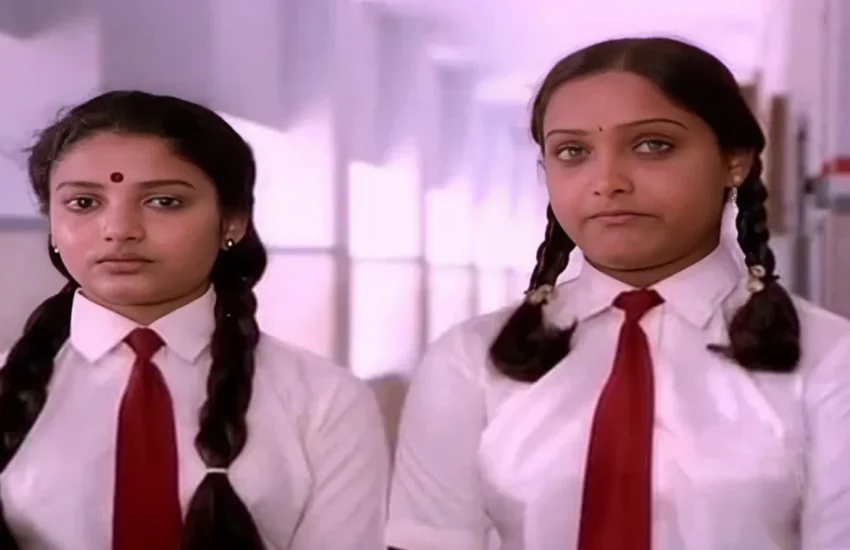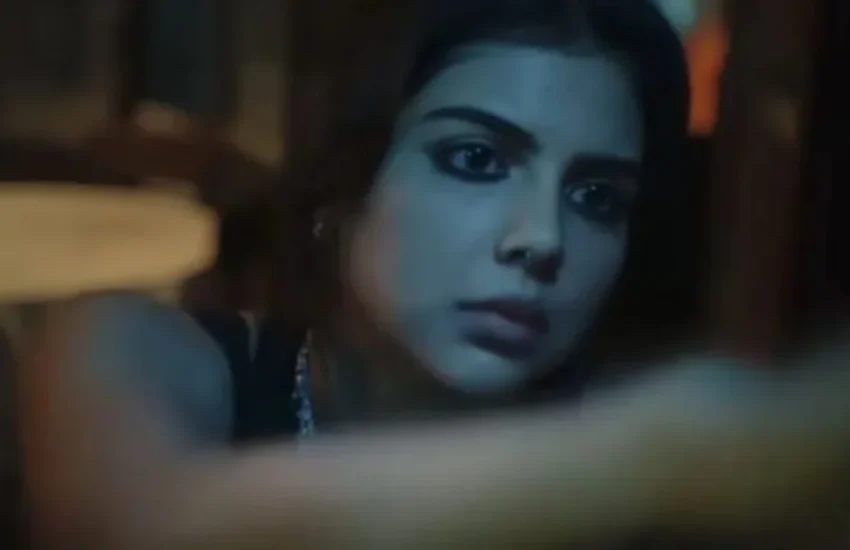Adaminde Variyellu – A Bold Take on Women in a Man’s World
I’ve always been skeptical of movies about women written by men. More often than not, they lack a real understanding of a woman’s perspective. But Adaminde Variyellu (1984) completely shattered my expectations. Given the time of its release—the early ’80s—it’s incredible how ahead of its time the film was, both in storytelling and in the way it dissected gender and class oppression.
This isn’t just another “women’s struggle” film that offers easy resolutions or token victories. Instead, K.G. George paints a raw, unfiltered picture of women caught in a system that constantly drains them—physically, emotionally, and psychologically. And what makes it even more compelling is how the film weaves together the lives of three women from different social classes, showing us how, regardless of their status, they are all bound by the same oppressive structures.
Also Read: Decoding Anantaram – One of the Best Psychological Dramas Ever Made
The Three Women – Three Shades of Survival

The film follows Alice, Vasanthi, and Ammini—three women from different backgrounds, all trapped in their own ways.
Alice
Alice (played by Srividya) belongs to the upper-middle class, but privilege does nothing to shield her from suffocating domestic despair. Years of emotional neglect and marital abuse have drained her of any warmth. Her husband, Mammachan, openly preys on their young maid, Ammini, and Alice knows it. But she doesn’t react—not because she’s unaware, but maybe because she’s too exhausted to fight.
She copes with the harsh realities of her life with sleeping pills. A temporary escape into oblivion. Even her relationship with a much younger Jose (played by Mammootty) isn’t about love—it’s about filling the void, about clinging to something that makes her feel alive, even if only for a moment.
Vasanthi
Vasanthi (Suhasini) is the quintessential middle-class wife, crushed under the weight of expectations. Between an irresponsible husband and a nasty mother-in-law, she navigates her life with quiet endurance. She never lashes out, never fights back—whether it’s to keep the peace or because she genuinely doesn’t know how to react anymore is left unsaid.
But the cracks begin to show. Forgetfulness creeps in. Small breakdowns, subtle yet telling, punctuate her routine. It’s heartbreaking because Vasanthi represents so many women who suffer in silence, their distress dismissed as mere absentmindedness until they completely unravel.
Ammini
Then there’s Ammini (Soorya), the domestic worker. Taken in as a child by Alice and Mammachan, she grows up under their roof—only to be repeatedly abused by the very man who was supposed to protect her. But unlike Alice or Vasanthi, Ammini doesn’t suppress her pain indefinitely. She absorbs, she endures, but ultimately, she acts.
The Unspoken Question – Why Didn’t They Just Leave?

This is the question many will ask. Why didn’t Alice walk out on her husband? Why didn’t Vasanthi fight back? Why did Ammini stay in that house for so long?
Because they had no choice.
And that’s the most brutal truth the film lays bare. For women of that time (and to a large extent, even today), walking away wasn’t a simple option. Economic dependence, societal judgment, the fear of the unknown—these were chains just as strong as any physical restraint. Adaminde Variyellu doesn’t sugarcoat this reality. It doesn’t offer the comfort of a hopeful future where justice prevails. It simply shows life as it was—and as it still is for many.
The Ending – A Cinematic Masterstroke
For most of the film, Ammini, like the other women, seems trapped in an endless cycle of suffering. But unlike them, she doesn’t submit.
She runs.
And she doesn’t run alone—she gathers all the other oppressed women and leads them in an act of collective defiance. They break free, escaping a world that has used and discarded them.
But here’s where K.G. George delivers his most genius stroke. As Ammini runs, she quite literally pushes down the actual film crew—the director, the cameraman, everyone. Yes, including K.G. George himself as he stares at these women.
This moment is revolutionary. By inserting himself and his crew into the film’s final act, George acknowledges an uncomfortable truth: even as storytellers documenting oppression, they are part of the same patriarchal system they critique. The act of making and consuming films about suffering doesn’t change anything unless real action follows.
It’s a moment of absolute brilliance.
No Hope, No Redemption – Just Reality
Unlike many feminist films that attempt to offer solutions, Adaminde Variyellu refuses to comfort the audience. There’s no optimistic ending, no promise that the world will become kinder to women. It simply holds up a mirror to society.
This is what makes it such a powerful film even today. Nearly four decades later, its themes still hit hard. Women still navigate these struggles, whether in different forms or under different names. And that’s precisely why this film remains relevant—it forces us to look, to acknowledge, and to question.
It’s not an easy film to watch, but then again, it was never meant to be.

I can’t stop talking about films, so I blog!
I started The FourthWall, my film blog, to share my thoughts on films and shows with fellow movie buffs, and over the years it has become my happy place. Come join in for some interesting conversations on cinema… and sometimes books and fashion!








